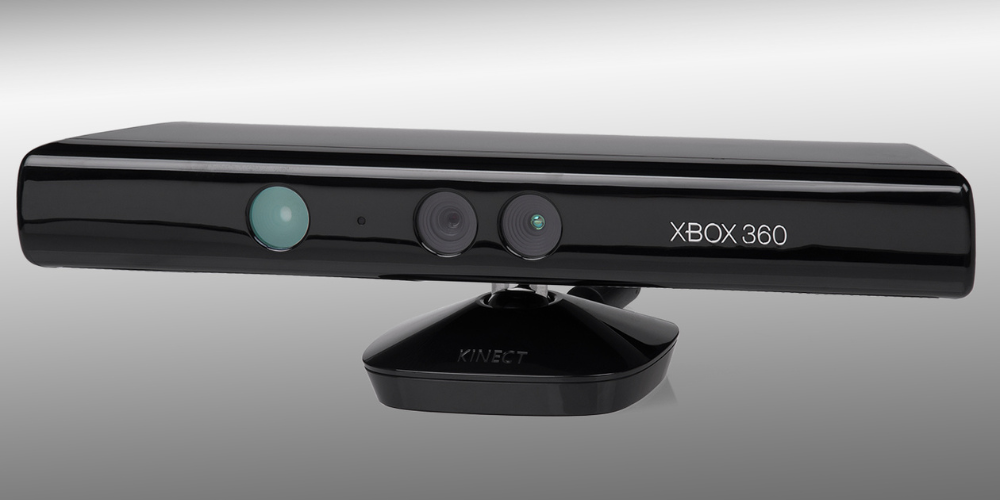
The Emergence of VR Technology in Mainstream Gaming
Virtual Reality (VR) has long been a fascinating concept in science fiction, captivating the imaginations of authors, filmmakers, and technology enthusiasts alike. However, what was once confined to the realms of speculative fiction is now rapidly becoming a practical and increasingly common feature of contemporary console gaming. As technology continues to advance at a breakneck pace, VR offers gamers immersive, interactive experiences that were previously unimaginable even a few short years ago.
Gamers can now find themselves fully enveloped in richly detailed virtual worlds, experiencing sights and sounds in ways that transcend traditional screen-based gameplay. This shift is being spearheaded by industry giants such as Sony, with its PlayStation VR, and Meta, with its Quest series, among others. These companies are investing heavily in research and development to refine VR hardware and software, ensuring smoother, more responsive, and more visually stunning experiences for users.
The integration of VR into mainstream gaming is thus reshaping the way players engage with their favorite games and consoles, adding layers of depth and realism that were once the stuff of fantasy. As a result, gameplay is becoming more interactive and engaging, allowing players to feel as if they are truly part of the game world. Additionally, virtual reality isn't merely elevating the gameplay experience; it's also expanding the horizons of potential within the world of gaming. Developers are increasingly exploring new genres and gameplay mechanics tailored specifically for VR, creating innovative experiences that leverage the unique capabilities of the technology.
From intricate puzzle games that require a keen sense of spatial awareness to action-packed adventures that make full use of motion controls, VR is opening up a whole new frontier for creativity and interaction in gaming. In essence, Virtual Reality is not only transforming how games are played but also expanding the very definition of what gaming can entail.
Early Adaptations and Developmental Strides
The initial foray into VR for console gaming was met with mixed responses. When virtual reality headsets first started to become available for home use, there was a significant buzz around the potential for immersive, interactive experiences unlike anything gamers had seen before. However, the excitement was tempered by several critical limitations. The technology, while intriguing, was hindered by high costs that made it inaccessible to many potential users. Additionally, the lack of substantial content meant that even those who committed to the hefty price point often found themselves disappointed with the limited number of games and experiences available.

Nevertheless, this lukewarm reception didn't deter the industry. Over time, platforms like PlayStation began making dedicated efforts to refine and expand their VR offerings. Devices such as the PlayStation VR (PSVR) were introduced with an enhanced focus on user experience and affordability. Sony's commitment to the technology encouraged developers to revisit and reframe their approach to VR, resulting in the production of more diverse and high-quality content. This included everything from immersive action-adventure titles to innovative puzzle games and even social VR experiences, broadening the appeal of virtual reality.
These efforts did not go unnoticed. As the library of VR content grew richer and more varied, and the development of the technology itself continued to advance, VR began to lose its niche status and move towards mainstream acceptance. Prices gradually became more competitive, and improvements in the hardware made the headsets more comfortable and user-friendly. This united effort from top figures and coders in the sector spurred major progress, making virtual reality both easier to obtain and more delightful for the typical user. What once seemed like a futuristic novelty began to establish itself as a legitimate and exciting new avenue for gaming and interactive media.
PlayStation Leads the Charge
Sony's PlayStation has been at the forefront of integrating VR into its console offerings. The PSVR set the standard for high-quality virtual experiences combined with user-friendly design specifics for home use. This initiative drove competitors to explore similar ventures, thereby expanding the market and possibilities within console-based VR gaming.
Xbox's Approach to Virtual Interactivity
While Sony invested heavily in proprietary hardware for VR, Microsoft chose a different path for its Xbox consoles. Focusing on compatibility with existing PC-based VR headsets, Xbox aims to leverage its Windows platform heritage to enhance cross-compatibility between various devices. This strategy highlights an alternate approach to growing the console-VR ecosystem without dedicating resources to creating new hardware.

Immersive Gameplay and New Possibilities
As developers continue exploring VR's potential, new genres and gameplay mechanics specific to virtual environments are emerging. From ambient exploratory adventures to adrenaline-pumping action games that utilize motion control inputs, VR expands traditional gaming boundaries, offering fresh perspectives and levels of engagement.
The Future of Virtual Reality on Consoles
Looking towards the horizon, trends suggest that cloud computing, 5G networks, and advancements in haptic feedback will likely boost VR experiences tremendously. Furthermore, as these technologies evolve alongside consumer expectations for higher fidelity graphics and seamless interactions within virtual spaces—it's clear that we are only scratching the surface of what's possible in console-gaming integrated virtual realities.
A New Dimension of Console Gaming
The integration of Virtual Reality into console gaming marks a new era for interactive entertainment—one flush with unparalleled immersion and ingenuity from game developers around the world. As we witness this ongoing evolution from rudimentary beginnings to intricate worlds teeming with life-like interactions—virtual reality stands poised not just as an accessory or novelty—but as a transformative force that could redefine what it means to play video games on consoles forevermore.